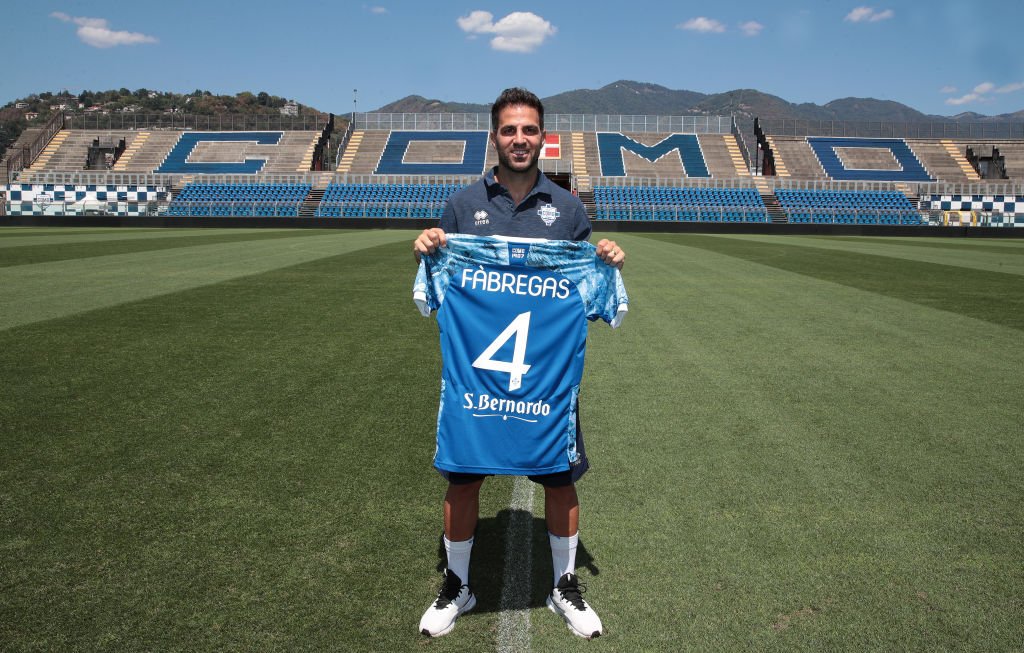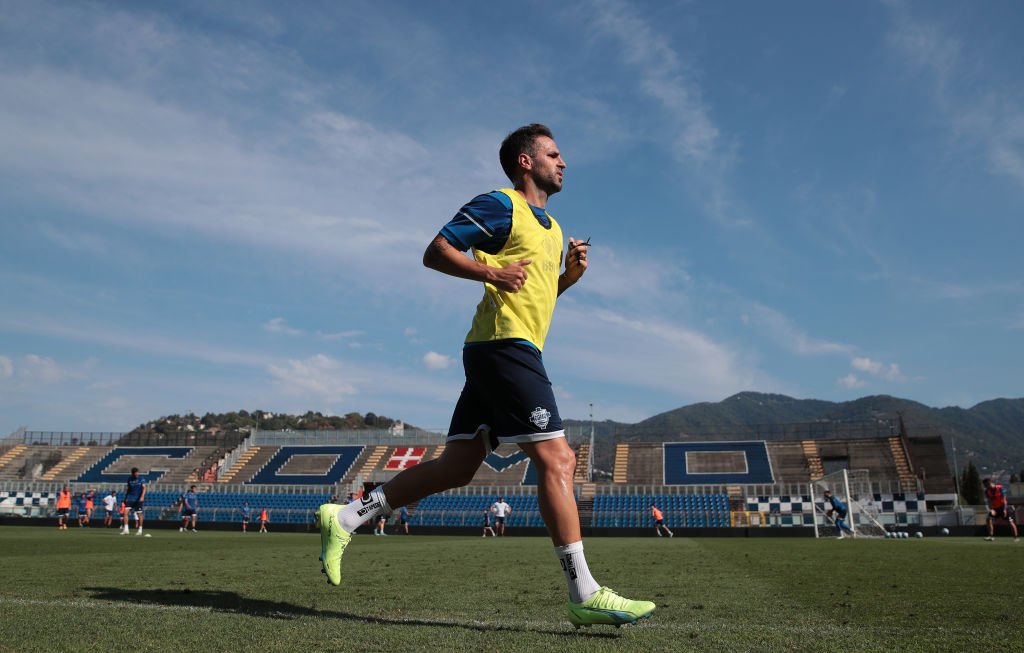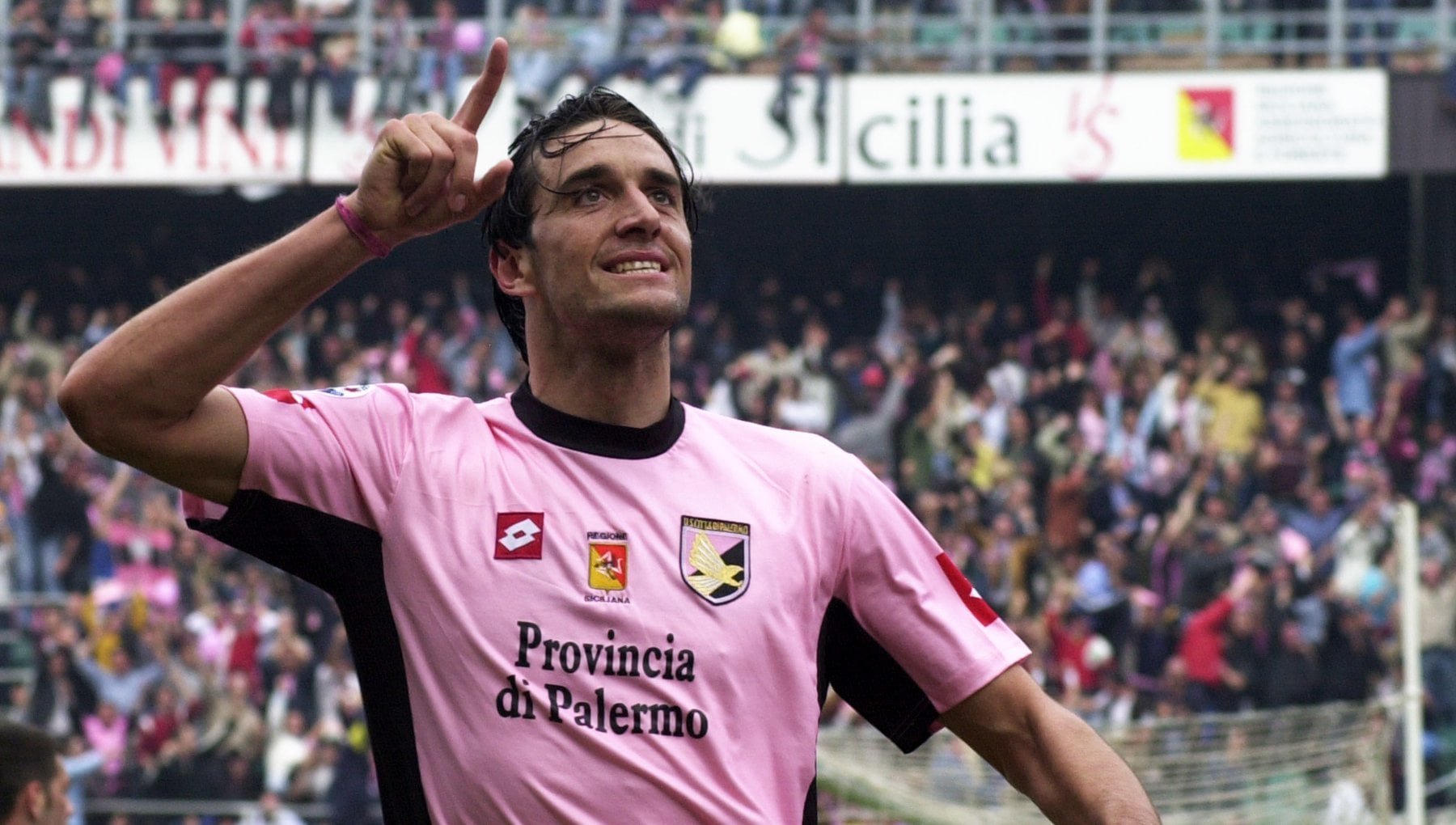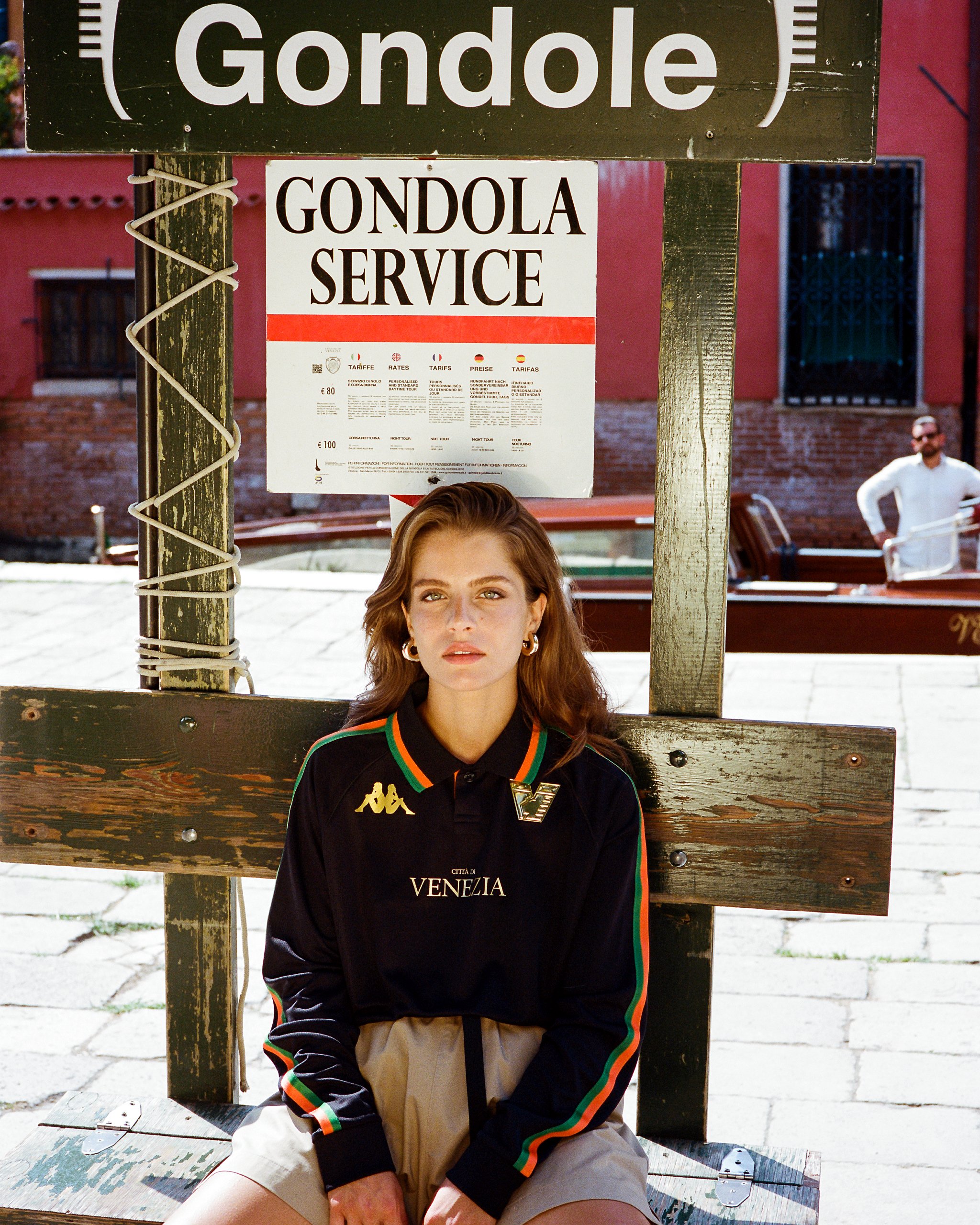Cultured: Serie B
The gripes against modern football are well known: exponential financial growth; siphoning off community assets; dissolution of identity; abandonment of the game’s purity. The effect on football culture is two-fold: it is commodified and repackaged (more often than not, badly), and the space for new culture to emerge becomes increasingly claustrophobic.
That’s why the opportunity to dive into new spaces should be taken at every turn. This season, we think the Italian second division has the potential to offer that kind of refuge; a chance to enjoy football culture without an overbearing sense of dread.
Due to a quirk of fate, the 2022/23 Serie B season has concocted a mixture perfect for the enjoyment of Italian football culture. There are some of Italy’s most interesting clubs: once-great teams on a journey of redemption; iconic players in the twilight of their careers; and football-fashion powerhouses — all set against the backdrop of some of the most beautiful cities in the world.
Footballing royalty
You would be hard-pressed to think of a footballer that better embodies the sophistication and luxury of Lake Como more than Cesc Fabregas. His recent move to Como 1907 just feels right.
The charming Stadio Giuseppe-Sinigaglia sits just 15 meters or so inland from the shores of the lake, in a quieter part of the picturesque town of Como. The barebones structure of the ground means you get views of the surrounding mountains during the game. Nestled beneath one of the stands is a small aircraft hangar, where periodically you’ll spot seaplanes cross the road, enter the lake’s water runway, and take off into the distance.
Place Cesc Fabregas into the middle of that scene, nonchalantly pulling the midfield strings for his new side, and I’m not sure it gets much sweeter.
Or, if you’d prefer, head to the university town of Parma, and catch two other footballing legends in the famous navy and yellow stripes of Parma Calcio 1913. With a combined age of 83, Gigi Buffon and Goran Pandev have both aged like the fine wines of Emilia-Romagna. Buffon’s romantic return to Parma presents an opportunity to see perhaps the game’s greatest ever goalkeeper end his career on a high, by returning them to Serie A.
Sicilian pride
Fighting their way back from financial ruin and the depths of Serie D, Palermo are one of league’s newly-promoted clubs. It’s been a while since World Cup winners like Luca Toni and players the calibre of Paulo Dybala donned the pink and black shirts of the Sicilians, but their return to the upper tiers of Italian football is a welcome sight.
After a long decline and an unfortunately familiar story of financial mis-management, bankruptcy and reformation of fellow Sicilian club Catania, Palermo’s place in football offers more than just a story of redemption. The club is now a symbol of an often under-represented part of Italy, preserving the spirit of Sicilian football and its fans.
Style and substance
If it’s the now all-too-familiar blend of football and fashion that entices you, then Serie B has you spoilt for choice.
Dubbed by ourselves as the coolest club in the world, Venezia FC narrowly missed out on avoiding relegation last year, leaving themselves too much work to do. Fresh from a Bureau Borsche-designed rebrand, the club’s latest collection is as innovative as it is dazzling. With a return to long-sleeves, there’s a subtle nod to the nostalgia of a time when football was less mechanical, and more romantic. A visit to Stadio Penzo should now be considered one of the city’s cultural landmarks, worthy of a spot on a list next to Piazza San Marco and Doge’s Palace. With the retention of Gianluca Busio and the loan of potential cult-hero Aaron Connolly from Brighton, Venezia will be well-placed for a promotion push this year.
Around 800 kilometers further south, the city of Bari is the largest port on the Italian Adriatic coast, and home to S.S.C. Bari. The club’s red and white stripes boldly stand out against the Apulian scenery, which is overwhelmingly full of blues, ochres and sandy-whites. As fans of La Bari will know, the city has long been a hub of football culture, and the San Nicola is one of the most underrated stadiums in Italy. But the famed cockerel was somewhat immortalised earlier this year, in a release that put Bari on the football-fashion map.
Designed by Leonardo Colacicco, a limited edition collection by Kappa re-imagined the home kit to feature embossed octopus tentacles and a more retro silhouette - much to the delirium of those paying attention. As the newly-promoted champions of Serie C, there might be more to come by way of fashion from I Galletti.
A traveller’s dream
As a travelling supporter, or a tourist looking to take in a genuine football experience, the towns and cities of Serie B offer enormous variety, breathtaking scenery and endless culture.
A short bus ride from the shores of Lake Garda, in the town of Brescia, you can walk the streets that were once good enough for modern artists like Andrea Pirlo, Pep Guardiola and Roberto Baggio to call home.
In Genoa, you can take in the Baroque and Renaissance architecture, coastal vistas and maritime spirit of the city - before heading to the Marassi to watch Italy’s oldest football club in action.
Heading south, Tuscany is littered with football clubs; not least Pisa S.C. Arena Garibaldi - an old-school, open-air, coliseum style stadium - encircled by a running track, is set for redesign in the coming years, making it one to visit before it’s too late.
Way further south, there’s the city of Reggio Calabria, home to Reggina 1914, separated from Sicily by the Straight of Messina. The city is one of the largest in southern Italy, and remnants of the Greek, Roman and Byzantine empires are woven into its cultural fabric.
—
As a cultural package, Serie B is more or less complete. You can watch elegant footballers in exquisite locations for a fraction of the price. You can visit lesser-known Italian towns out of the summer season - unblighted by the banal popularity of social media influencers and the resulting over-tourism.
But most of all, you can take in the culture of a country that lives and breathes football heritage. That sounds pretty good to us.






